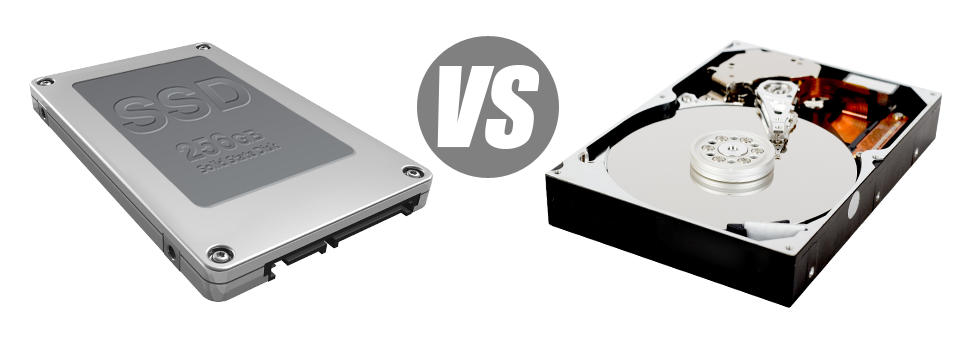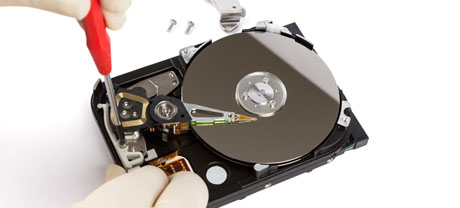For decades there seemed to be just one reliable way to keep data on a laptop – utilizing a hard disk drive (HDD). Nevertheless, this kind of technology is already showing it’s age – hard drives are actually loud and slow; they can be power–hungry and have a tendency to produce quite a lot of heat for the duration of intense operations.
SSD drives, on the other hand, are extremely fast, use up a lot less power and are generally far less hot. They offer a brand new approach to file access and data storage and are years in front of HDDs regarding file read/write speed, I/O effectiveness as well as energy efficiency. See how HDDs fare against the more recent SSD drives.
1. Access Time
A result of a revolutionary new way of disk drive general performance, SSD drives permit for faster file access speeds. With an SSD, data file accessibility times are much lower (just 0.1 millisecond).
HDD drives still make use of the very same fundamental file access concept which was originally created in the 1950s. Despite the fact that it was considerably enhanced ever since, it’s slow when compared with what SSDs will offer. HDD drives’ data access rate varies in between 5 and 8 milliseconds.
2. Random I/O Performance
Caused by the brand new radical data file storage strategy incorporated by SSDs, they offer swifter file access speeds and quicker random I/O performance.
For the duration of My Supreme Center’s tests, all of the SSDs demonstrated their capacity to work with at the very least 6000 IO’s per second.
All through the exact same lab tests, the HDD drives turned out to be much slower, with simply 400 IO operations addressed per second. Even though this may appear to be a large amount, if you have a busy server that hosts plenty of well–known sites, a sluggish hard disk can result in slow–loading websites.
3. Reliability
SSD drives are built to have as less moving elements as is practical. They use an identical concept to the one utilized in flash drives and are much more efficient as opposed to classic HDD drives.
SSDs come with an average failing rate of 0.5%.
HDD drives make use of spinning disks for saving and browsing info – a technology dating back to the 1950s. With disks magnetically suspended in mid–air, rotating at 7200 rpm, the prospect of anything going wrong are considerably higher.
The average rate of failing of HDD drives can vary amongst 2% and 5%.
4. Energy Conservation
SSDs lack moving components and require very little cooling down energy. Additionally, they need very little electricity to function – tests have revealed that they can be powered by a standard AA battery.
As a whole, SSDs consume between 2 and 5 watts.
HDD drives can be notorious for being loud; they are liable to heating up and in case you have several disk drives in a single server, you will need one more a / c unit just for them.
In general, HDDs take in between 6 and 15 watts.
5. CPU Power
SSD drives enable swifter data file access rates, which, subsequently, enable the CPU to perform file queries much faster and to return to other responsibilities.
The common I/O hold out for SSD drives is just 1%.
If you use an HDD, you will need to invest extra time looking forward to the outcomes of your file call. This means that the CPU will continue to be idle for more time, looking forward to the HDD to respond.
The average I/O delay for HDD drives is about 7%.
6.Input/Output Request Times
It is time for several real–world instances. We ran an entire platform backup on a server only using SSDs for file storage purposes. In that procedure, the typical service time for an I/O call stayed below 20 ms.
During the same trials sticking with the same server, this time suited out utilizing HDDs, efficiency was much sluggish. All through the web server backup procedure, the regular service time for I/O requests fluctuated between 400 and 500 ms.
7. Backup Rates
One more real–life advancement is the rate with which the data backup is produced. With SSDs, a server back–up currently will take only 6 hours by using My Supreme Center’s hosting server–enhanced software solutions.
We worked with HDDs exclusively for lots of years and we have now very good familiarity with precisely how an HDD runs. Creating a backup for a web server furnished with HDD drives can take about 20 to 24 hours.
The Linux VPS web hosting plus the routine Linux cloud hosting accounts have SSD drives by default. Join our My Supreme Center family, and discover the way we can assist you supercharge your site.
Hepsia
- Live Demo
Service guarantees
- Each of our Virtual Private Servers is setup for you completely free. 99.9% network uptime. Full root server access rights.
Compare our prices
- Preview the resources and capabilities coming with My Supreme Center’s Virtual Private Servers. You can start off with a smaller VPS Web Hosting configuration and move up with simply a mouse click as your requirements grow.
- Compare our hosting plans
Contact Us
- Get in touch with us 24/7/365 by email or by making use of our extremely–fast ticketing platform. Our technicians are prepared to reply to all of your requests within just 1 hour.














